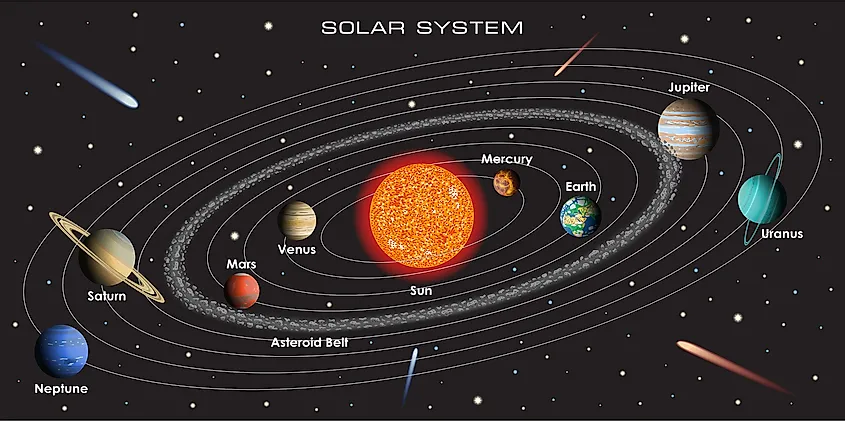Science & Technology
New Missions to Venus: NASA
- 03 Jun 2021
- 4 min read
Why in News
Recently, the National Aeronautics and Space Administration (NASA) announced two new robotic missions to Venus.
- Earlier, scientists obtained new data about Venus by bouncing radio waves off the planet.
Key Points
- Aim:
- The two sister missions aim to understand how Venus became an inferno-like world capable of melting lead at the surface.
- About:
- DaVinci Plus:
- It will be the first of the two, it will analyze the thick, cloudy Venusian atmosphere in an attempt to determine whether the inferno planet ever had an ocean and was possibly habitable. A small craft will plunge through the atmosphere to measure the gases.
- Veritas:
- It will be the second one seeking a geologic history by mapping the rocky planet’s surface.
- DaVinci Plus:
- Significance:
- The new missions will give fresh views of the planet’s atmosphere, made up mostly of carbon dioxide, down to the core.
- Previous Missions:
- US:
- Mariner series 1962-1974, Pioneer Venus 1 and Pioneer Venus 2 in 1978, Magellan in 1989.
- Russia:
- Venera series of space crafts 1967-1983, Vegas 1 and 2 in 1985.
- Japan:
- Akatsuki in 2015.
- Europe:
- Venus Express in 2005.
- US:
- Indian Initiative:
- India plans to launch a new orbiter named Shukrayaan to Venus in 2024.
Venus
- About:
- It is named after the Roman goddess of love and beauty. It is the second planet from the Sun and sixth in the solar system in size and mass.

- It is the second brightest natural object in the night sky after the Moon, probably that is the reason why it was the first planet to have its motions plotted across the sky, as early as the second millennium BC.
- Unlike the other planets in our solar system, Venus and Uranus spin clockwise on their axis.
- It is the hottest planet in the solar system because of the high concentration of carbon dioxide which works to produce an intense greenhouse effect.
- A day on Venus is longer than a year. It takes Venus longer to rotate once on its axis than to complete one orbit of the Sun.
- That’s 243 Earth days to rotate once - the longest rotation of any planet in the Solar System - and only 224.7 Earth days to complete one orbit of the Sun.
- It is named after the Roman goddess of love and beauty. It is the second planet from the Sun and sixth in the solar system in size and mass.
- Venus & Earth:
- Venus has been called Earth’s twin because of the similarities in their masses, sizes, and densities and their similar relative locations in the solar system.
- No planet approaches closer to Earth than Venus; at its nearest it is the closest large body to Earth other than the Moon.
- Venus has 90 times the atmospheric pressure of Earth.
- Reason For Studying Venus:
- It will help to learn how Earth-like planets evolve and what conditions exist on Earth-sized exoplanets (planets that orbit a star other than our sun).
- It will help in modelling Earth’s climate, and serves as a cautionary tale on how dramatically a planet’s climate can change.






